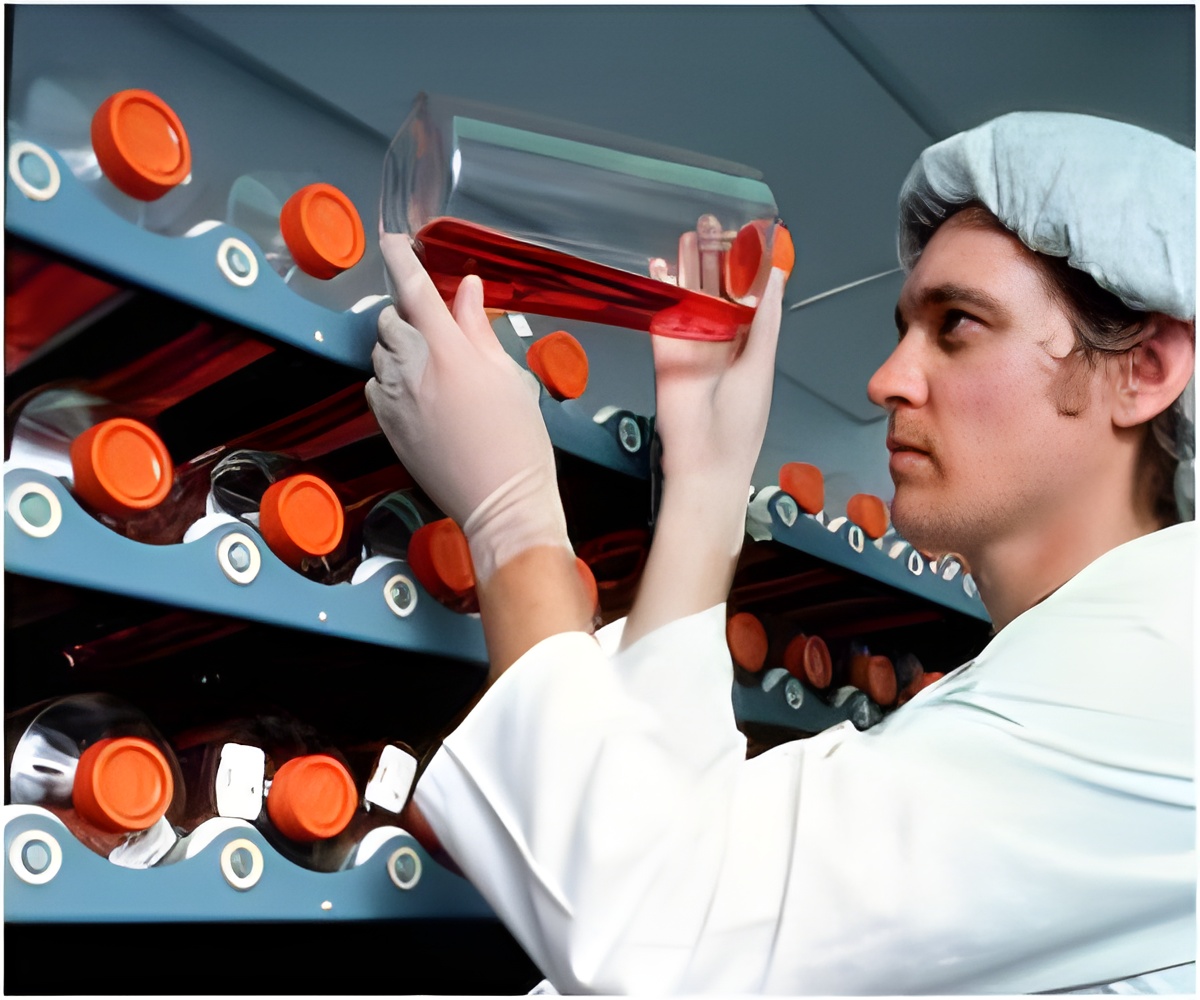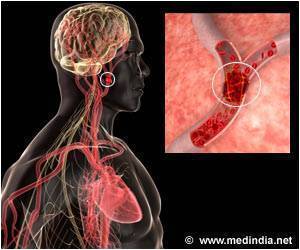An step-by-step process model of the blood brain barrier has been created in the laboratory dish using human stem cells

‘By identifying specific chemical molecules that chaperone the cells through the various stages of development to become the brain endothelial cells, the blood brain barrier can be developed’





Rudimentary models of the barrier have been created in the laboratory dish using human stem cells, but such models have depended on mixing a cocktail of cell types to elicit the complex chemical interplay that directs blank slate stem cells to become the endothelial cells that make up the blood-brain barrier.In a report published this week (Nov. 8, 2017) in Science Advances, researchers from the University of Wisconsin-Madison detail a defined, step-by-step process to make a more exact mimic of the human blood-brain barrier in the laboratory dish. The new model will permit more robust exploration of the cells, their properties and how scientists might circumvent the barrier for therapeutic purposes.
"The main advance is we now have a fully defined process that uses small molecules to guide cells through the developmental process," says University of Wisconsin-Madison Professor of chemical and biological engineering Sean Palecek of the method that substitutes chemical factors for cells to push stem cells to become the brain endothelial cells that compose the blood-brain barrier. "It is fully defined. We know what components are acting on the cells" and at what stages of development.
To develop the new method for making the cells, Palecek collaborated with the laboratory of UW-Madison chemical and biological engineering Professor Eric Shusta. Tongcheng Qian, a Wisconsin postdoctoral researcher in chemical and biological engineering, led the study. The team has applied for a patent on the process through the Wisconsin Alumni Research Foundation, the not-for-profit organization that manages UW-Madison intellectual property.
In stem cell science, often, directing stem cells to become any of the hundreds of cell types that make up the human body is often as much art as science. By identifying specific chemical molecules that can chaperone the cells through the various stages of development to become the brain endothelial cells, the Wisconsin team, in effect, provides a recipe to standardize making the cells in quantities useful for research and things like high-throughput drug screens.
Advertisement
"It standardizes the approach. It can be applied to a broader portfolio of cells. We can really investigate disease," says Palecek, noting that an ability to track cells as they progress through various phases of development can help scientists see the cascade of cellular events that occur as neurological conditions manifest themselves.
Advertisement
Source-Eurekalert















